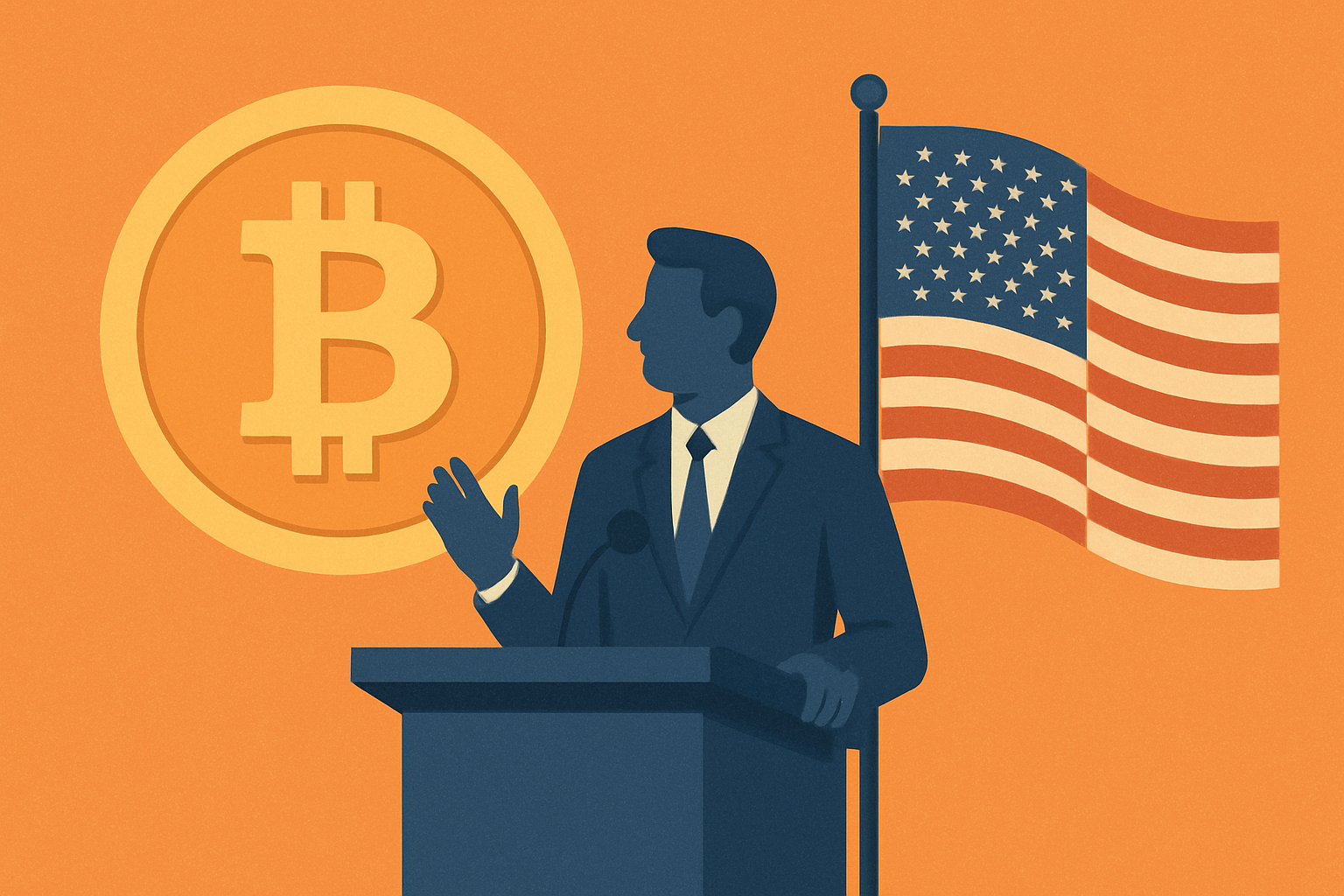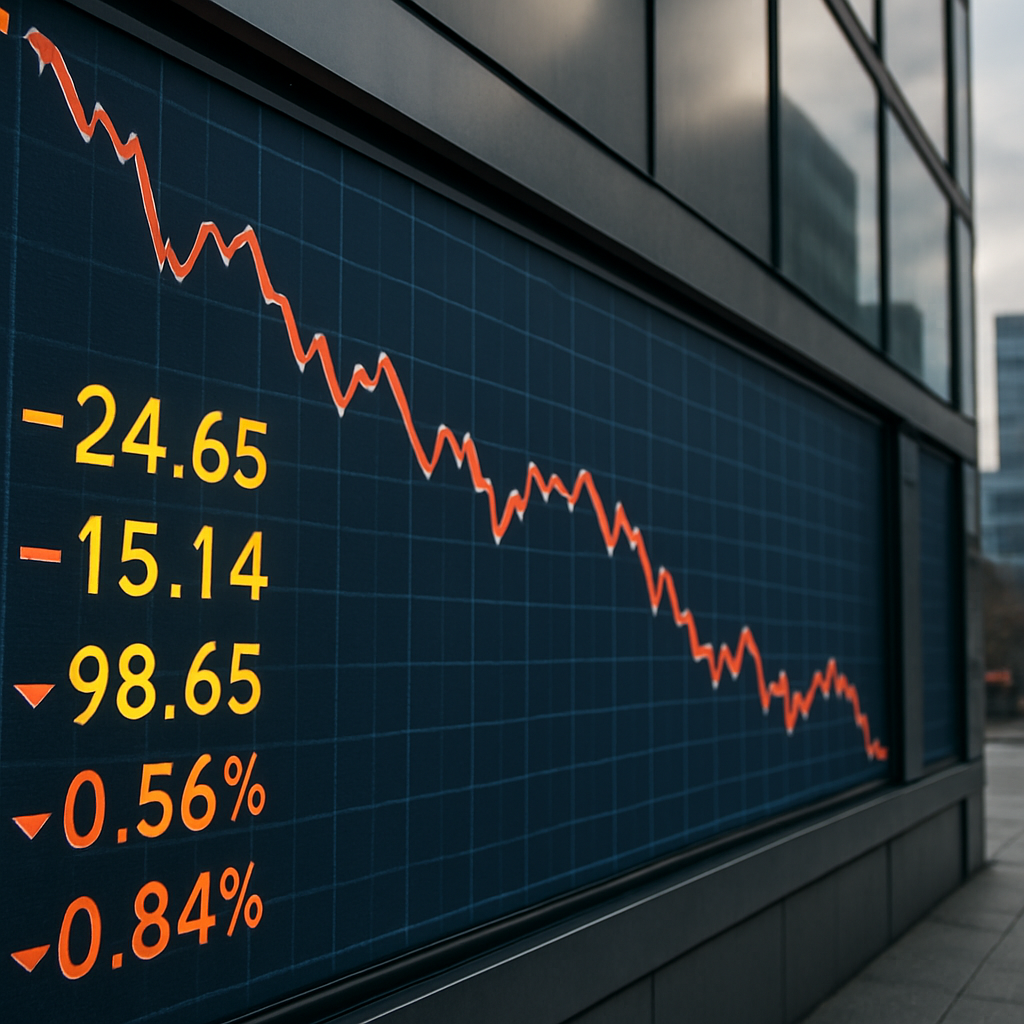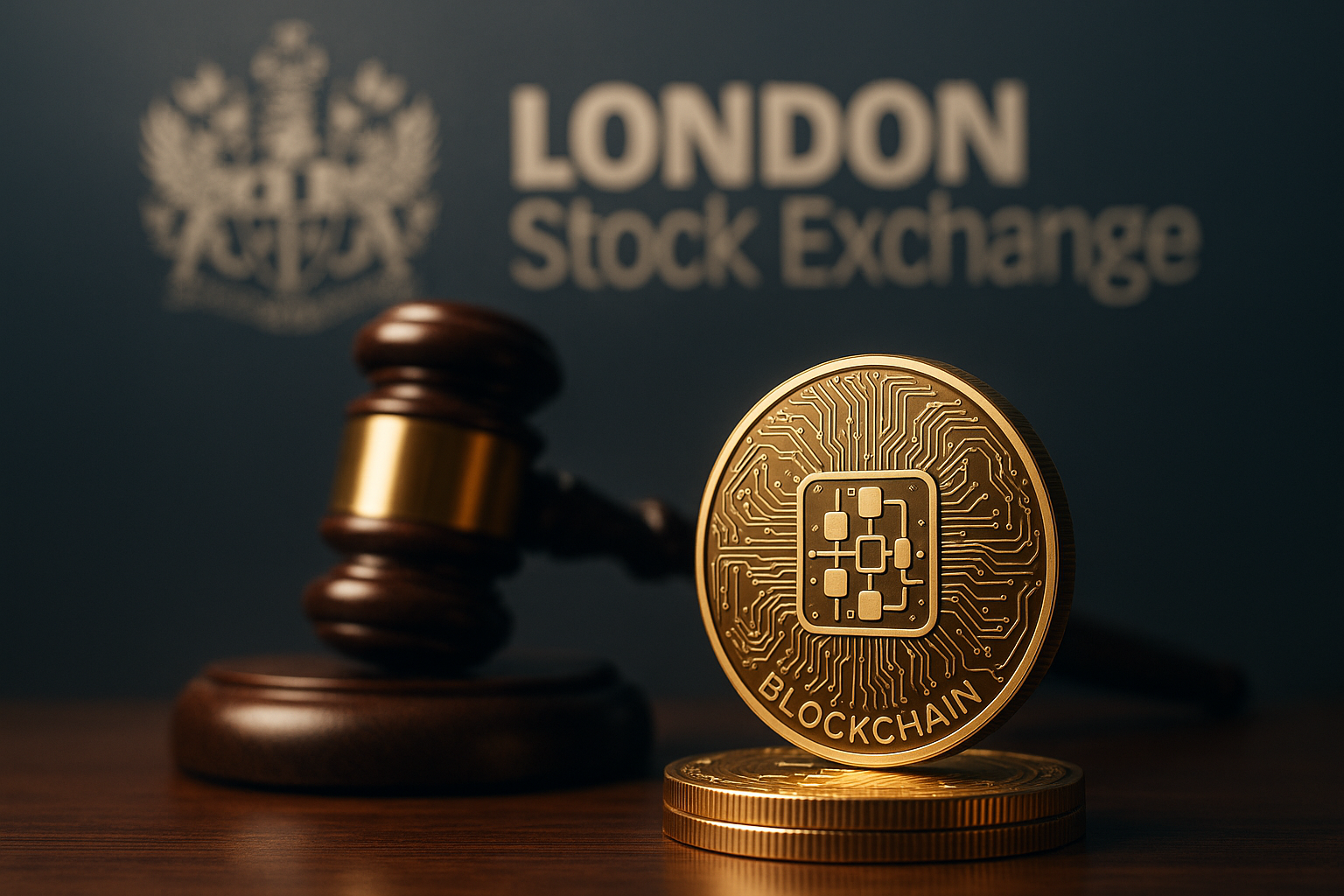The conversation around Bitcoin in Washington has shifted dramatically from speculation to strategy. A new roundtable in Washington, D.C., brought together lawmakers and industry executives to discuss the proposed Bitcoin Strategic Reserve Act—a bill that could see the U.S. government acquire up to 1 million BTC over five years. Unlike past crypto hearings marked by regulatory uncertainty, this dialogue reflected growing consensus that digital assets may play a direct role in America’s fiscal and national strategy.
Why This Matters for Investors
For years, Bitcoin has been viewed as a speculative hedge or “digital gold,” but the potential establishment of a U.S. government reserve changes the calculus. By gradually acquiring 1 million BTC—a stash worth over $120 billion at current market levels—the U.S. could cement its role as a backstop buyer in the crypto market. This would mirror strategies historically seen in gold reserves, where government holdings serve as both a financial stabilizer and geopolitical tool.
Institutional credibility is key. The fact that lawmakers are debating Bitcoin alongside traditional fiscal policy underscores that crypto has moved beyond the fringes of finance. If implemented, such a program could inject sustained demand pressure into the market, with second-order effects across miners, custodians, and crypto-related equities.
Policy Meets Markets
The proposal builds on earlier executive orders and comments from former President Donald Trump, who has openly advocated for integrating Bitcoin into U.S. policy. Analysts note that while the idea of a government-controlled reserve is ambitious, its framing as “budget-neutral” has given it bipartisan traction. According to Investors.com, the draft allows BTC acquisitions to be structured outside the federal budget, a design aimed at sidestepping fiscal hawks worried about rising deficits.
But policy clarity cuts both ways. A formal U.S. Bitcoin reserve could trigger greater regulatory scrutiny, potentially setting stricter standards for exchanges, custody, and transaction monitoring. For investors, this creates a delicate balance: stronger government adoption may boost credibility, but it could also limit the freewheeling dynamics that have fueled Bitcoin’s global rise.
Future Trends to Watch
- Price Impact of Government Buying – If executed transparently, the government’s phased acquisition could act as a floor for BTC prices, reducing volatility. Conversely, a secretive or abrupt buying program risks market distortions.
- Treasury & Corporate Parallels – Beyond government reserves, companies with large treasuries may feel pressure to mirror the strategy. This could re-ignite corporate adoption trends first seen with MicroStrategy and Tesla.
- Crypto-Equities Upside – Publicly traded miners, custody providers, and crypto ETF managers could be prime beneficiaries if institutional demand scales further.
- Geopolitical Ripple Effects – Other nations may accelerate similar initiatives, particularly if they see U.S. holdings as a competitive advantage. This could spark a “crypto reserve race” akin to the global gold rush of the 20th century.
Key Investment Insight
Investors should treat this development as more than a political headline—it signals the institutionalization of Bitcoin at the highest levels of policy. If the U.S. government emerges as a long-term buyer, the supply-demand balance of Bitcoin could be fundamentally altered. Allocating to BTC directly, or gaining exposure through regulated vehicles like ETFs and mining equities, may become increasingly attractive. However, keep in mind that political turnover, regulatory shifts, or global responses could create sharp reversals.
As always, diversification is critical. Exposure to crypto should remain balanced within a portfolio, especially given its volatility and evolving policy backdrop.
Stay tuned with MoneyNews.Today for ongoing coverage of how policy and markets are colliding to reshape the global investment landscape.





